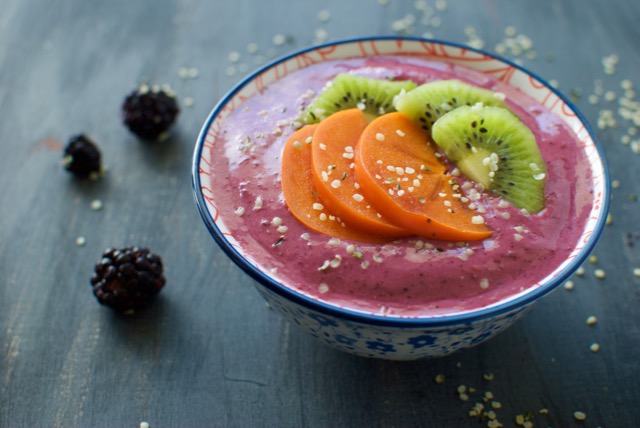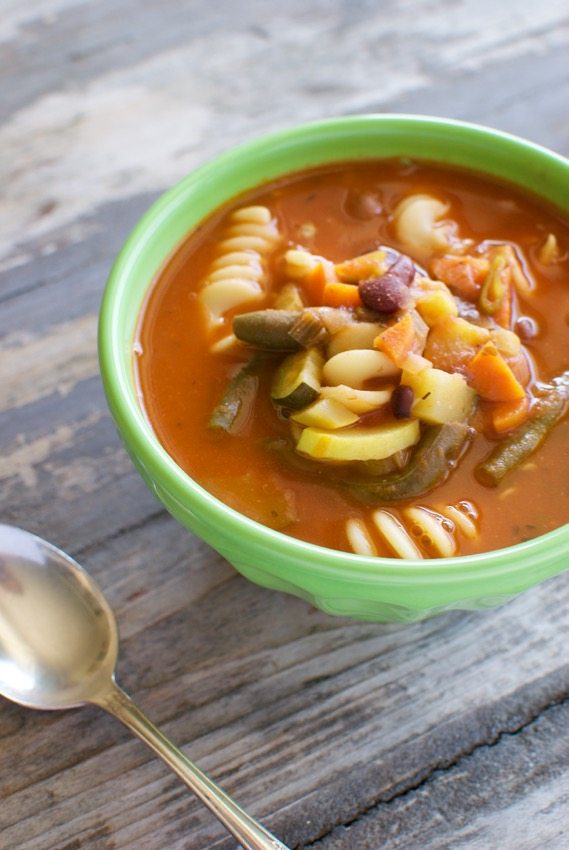So many parents come to me concerned that their kids aren’t eating enough. They describe a scene of chasing their kids around with a fork, trying to get some healthy nibbles into them so they won’t starve before bedtime. Or giving them chicken nuggets for every meal because “nuggets are the only thing he’ll eat.”
If this is you, don’t worry. I’ve got a few ideas that might help.
Before we brainstorm solutions, here are a few reasons your kids may not be eating at mealtime:
- Too many snacks.
- Snacks are too big.
- Snack food is different from meal food.
- They’re drinking too much milk.
- They’re too tired.
Here are some tips and solutions for addressing the issues above.
- Create 1-2 designated snack times per day. It’s true that toddlers and kids may need to eat more often than adults, but many parents offer food around-the-clock, which can backfire at mealtime. One morning snack and one afternoon snack is usually sufficient for normal toddlers and kids (and some kids may only need one of these).
- Offer “snack-sized” portions. Every child’s appetite is different, but 100 calories is a reasonable snack for most young kids. You can let your child’s hunger determine the amount they eat, as long as they’re active and still eating at mealtime too.
- Offer meal-type foods at snack time. If a “snack” is crackers, cookies, or a granola bar and a “meal” is broccoli and sweet potatoes, it’s no surprise toddlers and kids are willing to forgo dinner for a potential late night snack. Snacks should be mostly fruits & veggies combined with a protein/fat – e.g. celery with peanut butter, apple slices with string cheese, berries with yogurt, carrots with guacamole, etc. Save the packaged snacks for treats or occasional use.
- Limit milk, both frequency and amount. If your kids drink milk or a milk alternative, offer it between meals or after a meal so they still have an appetite for food at mealtime. How much milk you give (if any) is up to you. Most experts recommend limiting milk to 24 ounces up to age two, and to 8-16 oz after that. Once a child isn’t filling up on milk, she’ll have a lot more room for other nutrient-dense foods. (More on whether kids really need milk).
- Serve meals earlier. Babies and toddlers might be more tired than hungry if their meals are served right before nap or bedtime. Try moving their meals up a bit (like dinner at 5:30 instead of 6:30) when they might have more energy to eat. This can also help with digestion, since no one sleeps very well on a super full stomach.
These are just a few of the strategies to try when you’re concerned about your kids eating habits. I’d love to hear your own tricks too!
As always, ask your doctor or a dietitian if you think something abnormal is going on with your child’s appetite.







3 Comments
Madie
January 23, 2016 at 8:25 pmGreat suggestions, thank you!
Amelia Winslow
January 31, 2016 at 8:35 pmGlad you found them helpful, Madie!
Patricia
February 20, 2016 at 12:13 pmGetting kids to eat well is easy. Plan meals in advance. Ask the kids what they would like to have for their entrees, lunch breakfast and snacks. Take the children shopping with you as you and show them the right foods to choose and incorporate those ingreadents into meals and snacks. Cooking with kids can be fun for both parents and children, and will teach kids how to cook and plan their meals.
For more tips and ideas follow Pinterest and search “cooking, recipes,cooking with kids” This is a great way to find new and interesting recipes that you can cook with your kids.